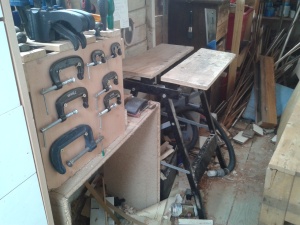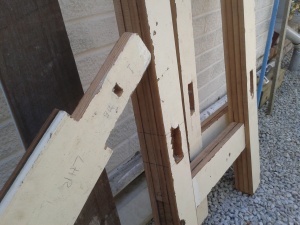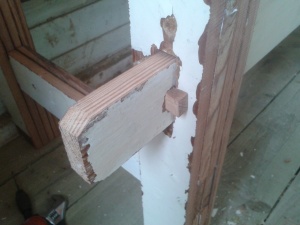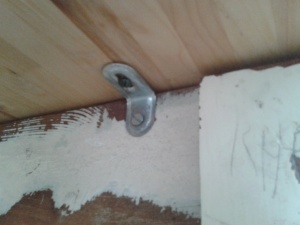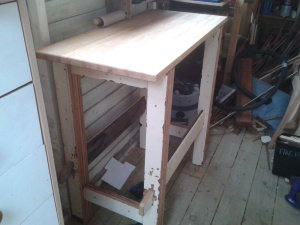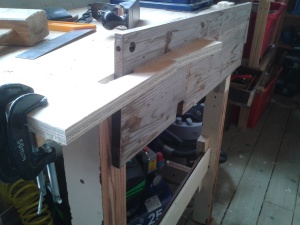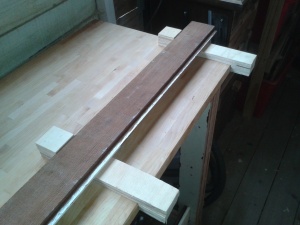Tuesday 22 October 2013
Tool Trug
Sunday 6 October 2013
Budget Shed Heater
It's getting cold. There's no getting away from the fact. The sun isn't getting as high in the day and there's more cloud to cover it.
So it's time to find an alternative to my electricity drinking heater.
I found a candle powered heater via Google on YouTube but it didn't seem to work too well. It worked ok but gave off too little heat.
Then I hit the mother load. I found a reprint of a World War 2 information leaflet which showed a similar heater using two flower pots and a candle to heat Anderson shelters.
You need two terracotta pots and a candle. Stand the larger pot on too wooden blocks. This is to keep the base hole clear. Put the candle in the lower pot and light. It's best to use a long reach lighter for this. Put the smaller pot on top upside down.
After a few minutes the pot was radiating some steady usable heat and a stream of hot air blowing out the top. The temperature of the air was reading 140°c out of the upper hole. After about half an hour I had a toasty shed and no massive electricity bill.
Now if I could just run my router from a candle........
Tuesday 13 August 2013
Secret Cover Up
Now there are several types of wood filler, plastic wood, super epoxy resin mixtures with dye kits to match your work piece but I'll tell you a little secret, you don't need them.
All you need is at your feet, the sawdust created by you making your last master piece. The advantage of this is the colour and texture matches the work piece. I always keep an old ice cream tub with some sawdust in from the vac or dust pan. I use a kitchen sieve to filter out all the big nasty lumps, we want it to look like fine wood, not chip board.
Next mix a small amount of sawdust with your favourite PVA wood glue, mix it thoroughly to a gloopy paste that feels tacky between the fingers and use it to block up those nasty holes and mistakes. You can dust over the gloop with a sprinkle of neat dust. Leave it overnight to dry and hit it with a fine sandpaper and you have a mistake covered up.
So save the sawdust, and save some cash.
Monday 5 August 2013
Workbench Workout
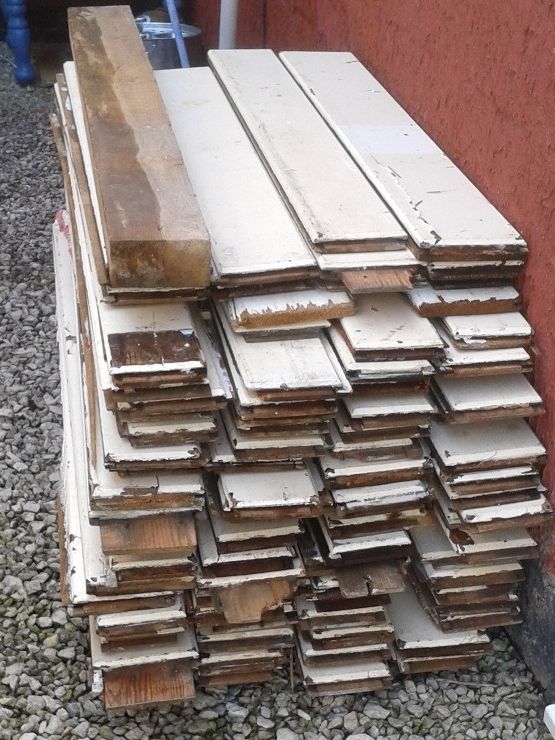
- Free Wood!












